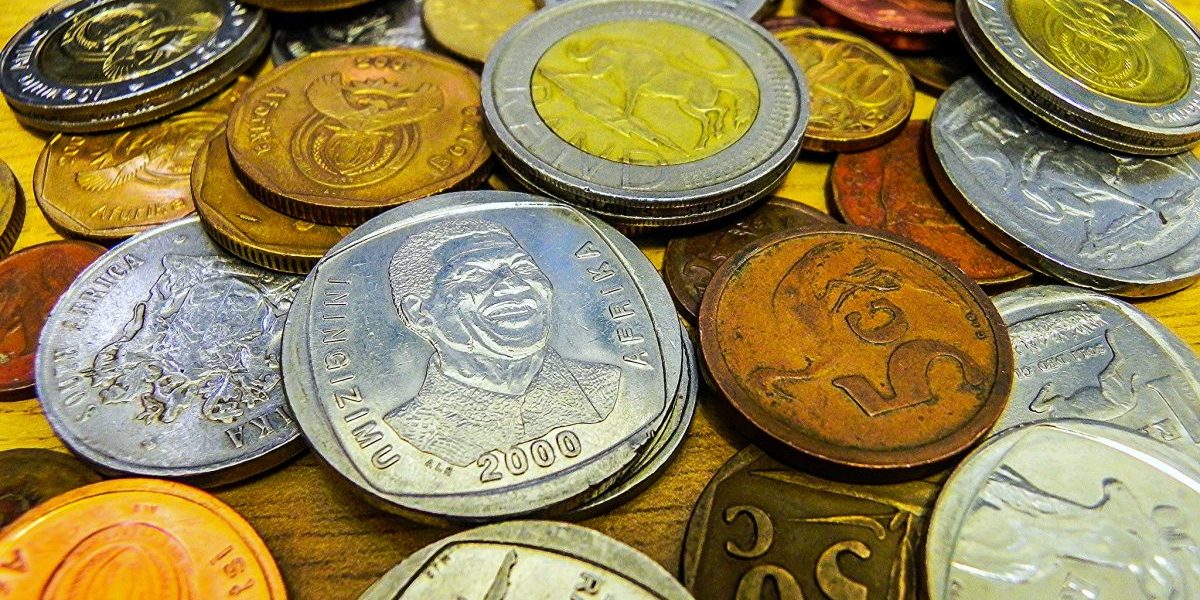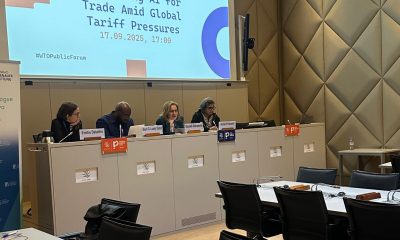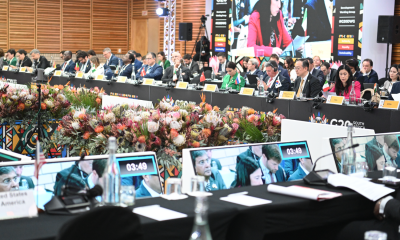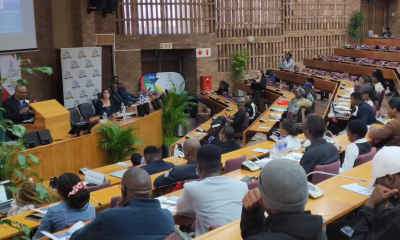Southern Africa has in recent years increasingly been in the focus of global investors from different countries. Higher investment – be it foreign direct investment (FDI) or portfolio investment – is inevitably correlated with increasing international capital flows. If capital account imbalances occur as a result of these capital flows, the whole balance of payments (BoP) will be subject to change, leading to higher imbalances in the current account and associated adjustments.
South Africa has experienced vast deficits in its balance of payments in recent years, posing challenging questions about its sustainability. In the past and in many countries, current account imbalances often have led to premature and misguided policy conclusions such as trade policy measures, which neither theoretically nor empirically have proven good responses to a trade deficit. The South African Institute of International Affairs (SAIIA) hope that the findings of its latest research report, launched on the 17 September 2008, will challenge some of the conventional thinking that informs policy responses to BoP imbalances.
According to the report’s authors, Professor Dr. Andreas Freytag, Chair of Economic Policy at Friedrich-Schiller University in Jena, Germany, and Peter Draper, SAIIA Research Fellow and Head of the Development through Trade project, some of the key findings of the report are the following:
The South African current account deficit does not indicate economic weakness, rather the attractiveness of South Africa for international investors.
As a result of net capital inflows to bridge the gap between domestic savings and investment, the Rand appreciated in real terms and the current account went into deficit.
This real appreciation fostered structural change in the country; the service and non-tradables sectors gained relatively; tradable industries declined relatively.
This is a normal pattern and should not necessarily raise concern.
Both the structure of traded goods and capital inflows as well as macroeconomic indicators suggests that the deficit is sustainable. South Africa may even be at the beginning of a beneficial debt cycle.
However, the analysis also reveals that South Africa’s ability to master structural change is limited due to domestic regulations and associated barriers to entry in domestic markets.
The policy conclusion is that the South African government should use the instruments it commands (such as AsgiSA or NIPF) to increase the ability of the economy to cope with inevitable structural change rather than to resist it. This implies increased labour market efforts to bridge educational and training gaps; liberalisation and re-regulation of key network industries (telecommunications; energy; transport) and further liberalisation efforts, in particular in services. Selective industrial policy measures oriented around “picking winners” in targeted sectors should play a minor role, if at all.








